Mario first stole our collective hearts with his phenomenal platforming adventures. From his early appearances in the Donkey Kong series, to more recent platforming escapades such as Mario Odyssey, it’s safe to say that Mario has always been at the forefront of the platforming genre. Yet, over the years, Mario and his friends have broadened their horizons, branching out into a wide variety of other titles, including the ever-popular racing series, Mario Kart, and puzzle games such as Dr Mario and Mario Picross. One of the most enduring series are the Mario Sports games, which have become a fixture on multiple Nintendo systems over the years. These have seen Mario participate in sports ranging from golf to horse riding and even competing in the Olympics with former-rival, Sonic the Hedgehog. For this series of features, I will be looking back at the Mario Sports titles beginning with my personal favourite, Mario Tennis.
Mario Tennis has the honour of being the first Mario sports game to bear the Mario title globally, it is also the only entry in the Mario Sports series to be released on the Virtual Boy. Titled simply, ‘Mario’s Tennis’, this was one of the launch titles for Nintendo’s failed virtual reality system. Mario’s Tennis plays a pretty simplistic game of tennis, with a small range of characters from the Mario series, all of which have slightly varied abilities. The selling point of this game was the ability to perceive distance from the tennis ball using the Virtual Boy’s stereoscopic 3D graphics. Truth be told, it was actually a fairly impressive experience for the time and makes good use of the Virtual Boy’s unique concept. Multiplayer was supposedly planned, but sadly never saw the light of day due to the Virtual Boy’s link cable never being released. However, in 2017, a modder successfully added this feature to the game, showing how it could potentially have worked. Being a Virtual Boy game, it had about as much critical success as you’d expect, but the potential was clear and would lead to further games in the series being produced.

The next Mario Tennis game was released in 2000 on the N64 and is perhaps best known for being the first game to feature Waluigi, who was reportedly created in order to give Wario an appropriate doubles partner. This title was a huge step forward from the Virtual Boy version, with a more comprehensive cast of characters and a huge range of modes. The main attraction was the tournament mode, which could be played through in both singles and doubles and provided a healthy level of challenge. Mario Tennis received an accompanying game on the Game Boy Color. This title contained a different set of characters and included RPG elements, such as levelling up and exploration, alongside more traditional tennis gameplay. These characters could then be transferred to the N64 game and used across its various modes.
The N64 title was my introduction to the series and although I wouldn’t have called myself a tennis fan, I found myself totally captivated by it. Many of my weekends as a child were spent playing Mario Tennis and my friend and I worked through the doubles mode together, loving every minute. It even replaced Goldeneye 007 and Mario Kart 64 as our multiplayer game of choice, no mean feat. The Game Boy Color game also became a regular part of my Game Boy library, finally drawing my attention away from Pokémon. I particularly enjoyed being able to level up my characters and bring them into the N64 version using the transfer pak.

Sequels to these games would follow on the Game Boy Advance, both of which built on the success of their predecessors, adding new modes and significant visual enhancements. Mario Power Tennis on the GameCube perhaps received the biggest number of changes, introducing power shots for each character, allowing them to use a character-specific skill during each match, such as Luigi being able to use his vacuum-cleaner from Luigi’s Mansion to suck the ball towards him and fire it at the opposition. It also included some fantastic mini-games and a wider array of characters and Mario-themed courts. Power Tennis would also see a re-release on the Wii, which took the core GameCube game and added ‘waggle’, much like Wii Sports tennis. This made the game more accessible to a casual audience but for most purists, it offered an inferior experience to the GameCube version.
The next generation of Nintendo systems, the 3DS and Wii U, would also both see Mario Tennis titles but unlike the hugely popular N64/Gamecube titles, these would receive a mixed reaction. The first of these, Mario Tennis Open, arrived on 3DS and used the touchpad on the bottom screen for special context-sensitive moves which could be used when the player was stood in certain areas of the court. Button combinations could also be pressed to do the same moves. This made the game a little on the easy side, though it still played an extremely solid game of tennis. However, it felt quite barebones, especially compared to previous handheld Mario Tennis titles. Gone were the RPG modes and it only had a meagre number of courts and gameplay options, though it did at least include an extensive character roster. This was followed up with Ultra Smash on Wii U, which was sadly even more barebones, offering little to nothing in the way of modes or gameplay options, asides from an ultra-mushroom power-up, which led to huge characters on the courts, something which could severely unbalance gameplay. Much like the 3DS version it played a solid game of tennis most of the time and it looked great but it also felt like an incredibly lazy effort on Nintendo’s part.

Fortunately, the series was redeemed more recently on the Switch with the phenomenal Mario Tennis Aces. This built upon the core (very solid) gameplay of Ultra Smash but added an entertaining and challenging story-mode. The story mode is relatively short but gives players the perfect opportunity to hone their tennis skills as they explore the Kingdom of Bask, aiming to destroy a magical tennis racket called Lucien which has possessed Luigi (no really!). Mario Tennis Aces also introduced zone shots and special shots which felt far less gimmicky than the power-ups offered in earlier titles. It also used a clever approach of drip-feeding new characters via online tournaments, something which kept the community very much alive in the year following its release and gave players a reason to keep coming back.
Mario Tennis Aces isn’t perfect but for me personally, after the disappointments of the Wii U and 3DS games, this felt like a step in the right direction. I soon found myself completely hooked and though sadly local multiplayer gaming is something of a rarity for me these days, it still succeeded in bringing me right back to those fond childhood memories of playing Mario Tennis on the N64.
At this stage, another Mario Tennis game on Switch seems improbable, but hopefully, this return to form is a promising sign both for the Mario Tennis series, and for other Mario Sports titles moving forward.

I have been gaming for 30 years, starting mostly with PC Gaming, where I developed a penchant for classic point and click games. Over time I discovered Nintendo, starting with the Game Boy and the Super Mario Land games. Here, my love for Nintendo grew as I discovered many of their other franchises, from Zelda to Pokémon. These days I play a bit of everything but Nintendo and their unique creativity always keeps me coming back for more.


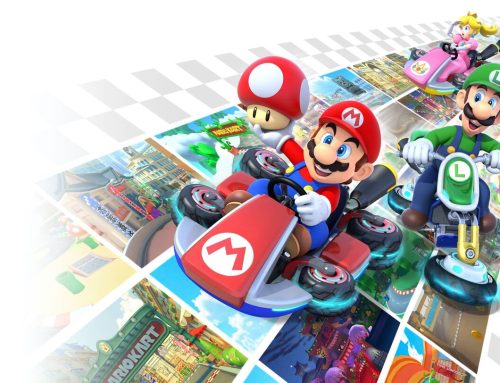
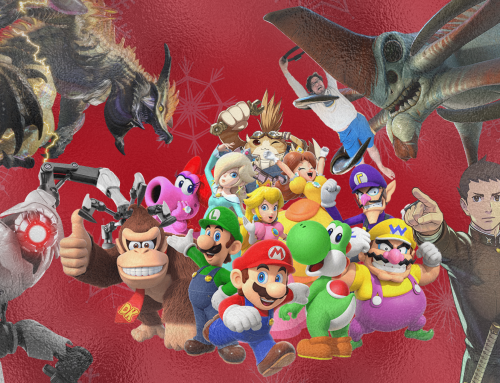
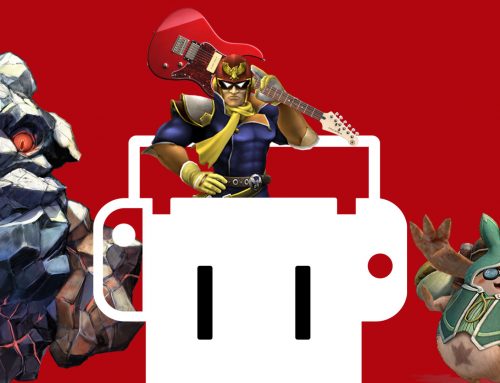
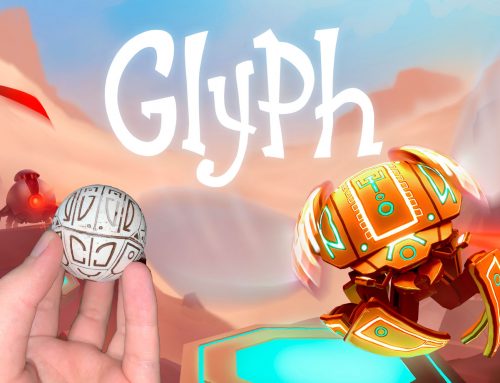
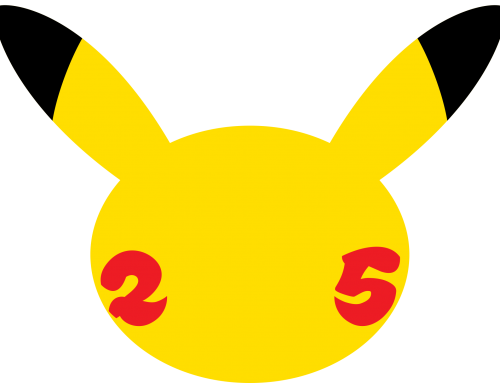
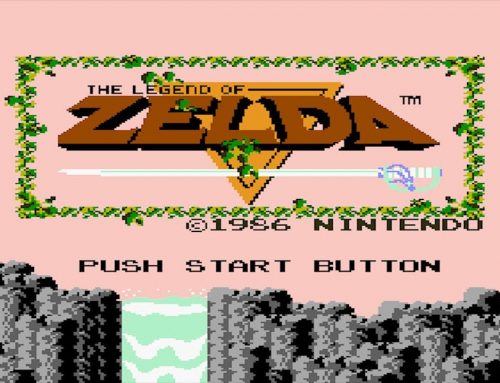
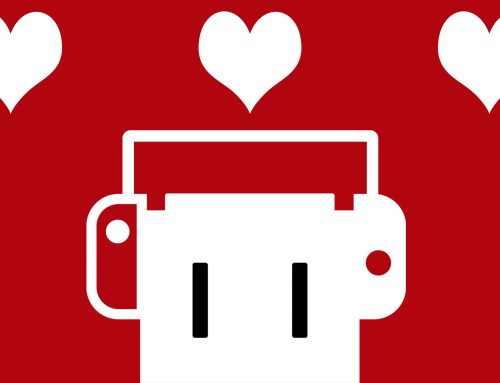
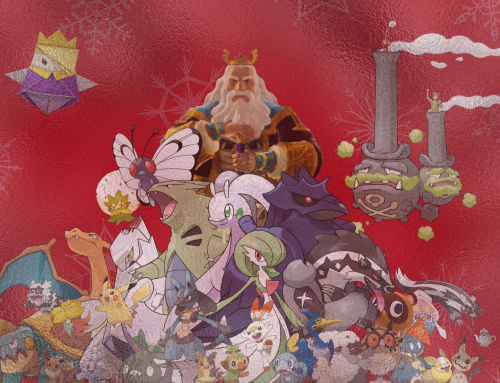
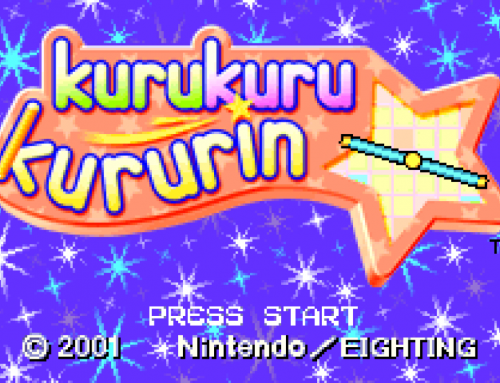

Leave A Comment
You must be logged in to post a comment.